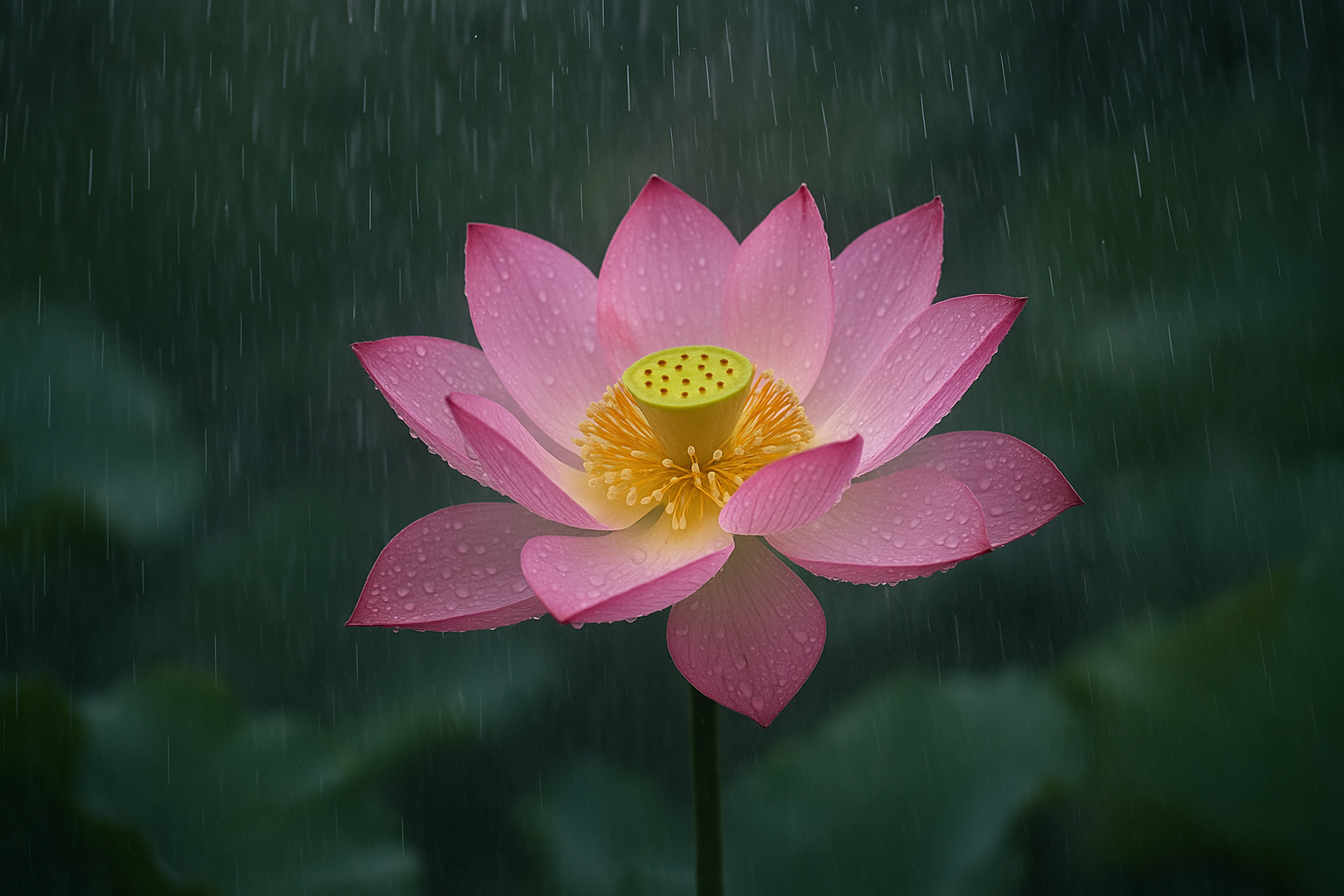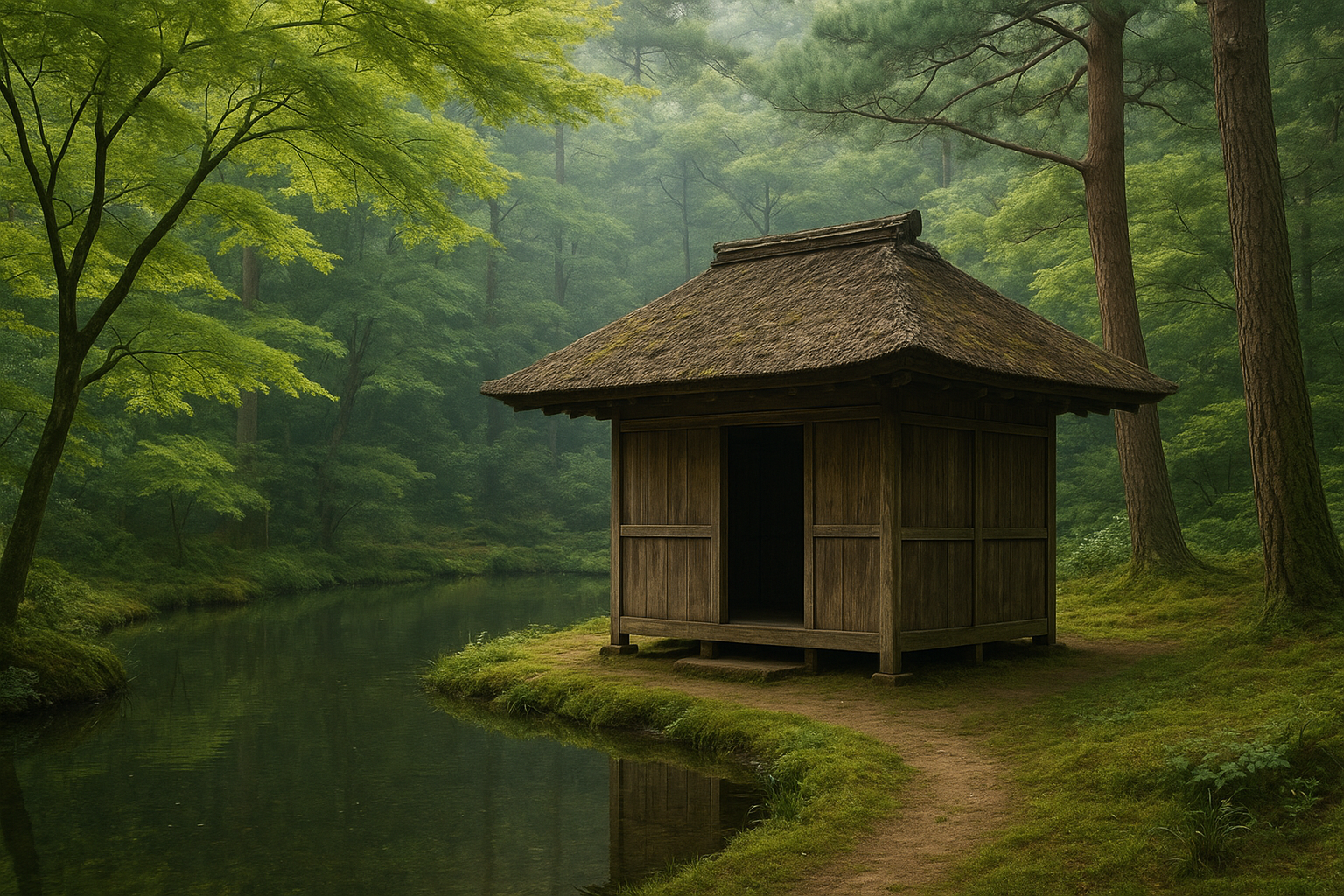The Hidden Valley: Where Stillness Hides from Noise
In the heart of our increasingly noisy and bustling world, there exists a sanctuary where tranquility reigns supreme—a place aptly called the Hidden Valley. This remarkable enclave offers a profound escape from the cacophony of modern life, enveloping visitors in a serene embrace that feels a world apart.
The Journey to Silence
Located in the sprawling hinterlands of the Sierra Nevada, the Hidden Valley is a treasure trove of natural beauty and stillness. As described by renowned nature writer John Muir, “The clearest way into the Universe is through a forest wilderness.” His words perfectly capture the essence of trekking into this secluded paradise, where the natural world unfolds in its most pristine form.
The Hidden Valley is accessed through winding trails that carve through dense woodlands, as the whispering of leaves and the occasional call of a distant bird create a soundtrack of nature’s own composition. Each step deeper into this sylvan retreat marks a shift away from the relentless noise of urbanity towards the harmonious silence of the wild.
Nature’s Symphony
The valley itself is a stunning confluence of geographical marvels and ecological diversity. Majestic pine trees rise like sentinels to hold the sky, while the valley floor is carpeted with a tapestry of wildflowers and verdant grasses. The stillness here is profound, interspersed only by the gentle flowing of the Hidden River that weaves its way through the landscape.
“Nature is not a place to visit. It is home.” — Gary Snyder
The Hidden River is a lifeline through the valley, creating habitats for a variety of wildlife. Observers will find themselves entranced by the dance of dragonflies skimming the water’s surface and the serene grace of deer pausing to drink along the banks. This abundance of life thrives in the absence of human interference, embodying the delicate balance of an unspoiled ecosystem.
The Science of Silence
Recent studies suggest that exposure to quiet environments has profound physiological and psychological benefits. According to research published in the Journal of Environmental Psychology, natural silence can reduce stress levels significantly, lower blood pressure, and boost mental clarity. The Hidden Valley serves as a living laboratory for these findings, offering a natural antidote to the pressures of modern living.
Moreover, the valley’s tranquility supports biodiversity. A study by the World Wildlife Fund highlights that areas with minimal human noise allow native species to thrive without disturbances, maintaining essential ecological processes.
Preserving Tranquility
Efforts to preserve the Hidden Valley are paramount. As human activity continues to expand, conservationists emphasize the importance of protecting such sanctuaries from development and pollution. The National Park Service works tirelessly to ensure that areas like the Hidden Valley remain untouched for future generations to experience.
In the words of Rachel Carson, “Those who contemplate the beauty of the earth find reserves of strength that will endure as long as life lasts.” It is essential to not only appreciate these serene spaces but also to take active roles in their preservation.
The Call of the Quiet
For those fortunate enough to find themselves in the Hidden Valley, the experience is transformative. Visitors report a heightened sense of awareness and connectivity with nature, a renewal of spirit that is difficult to attain amidst urban environments. This profound connection is a testament to the valley’s power to refresh and inspire.
As the world grows louder, places like the Hidden Valley become invaluable refuges. They remind us of the enduring beauty of silence and the need to preserve these pockets of serenity. In an era defined by its clamor, finding stillness is both an art and a necessity, for it is within these silent sanctuaries that we rediscover the richness of life itself.
Thus, the Hidden Valley stands not just as a physical space, but as an emblem of nature’s unwavering resilience. It calls out to each of us to step lightly on its paths, listen deeply to its silence, and join the chorus of voices committed to its protection.









